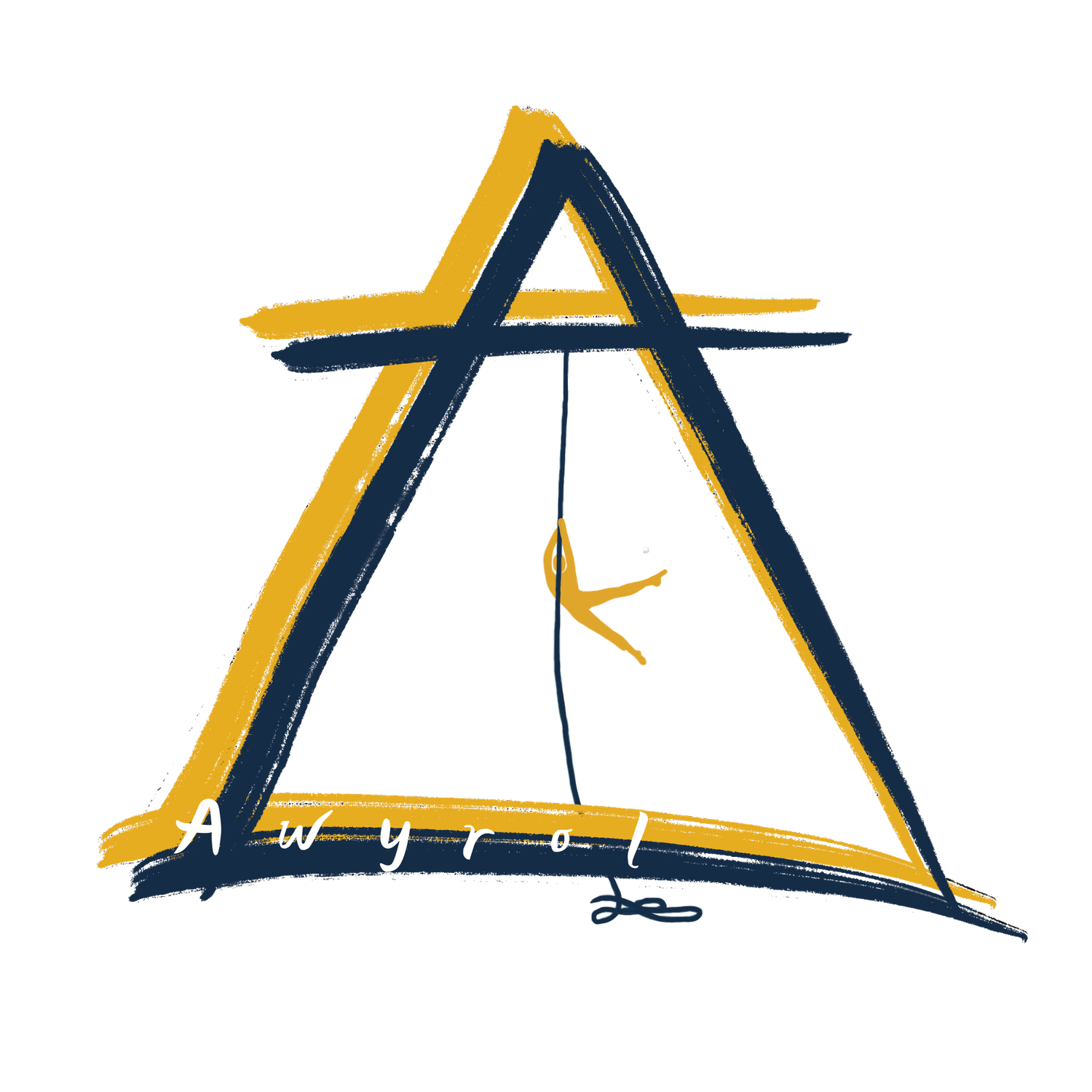The long and short of it.
On the joys & frustrations of aerial skill acquisition.
Why are some aerial skills so hard? Why does it take so much time to acquire some aerial skills and no time at all to gain others? Why is it taking me so long to get this aerial skill when everyone else in my class/studio/on IG seems to find it easy?
These might all be questions you have asked yourself at some point in your aerial journey, even if you’re an aerial coach and KNOW from experience that almost every student has at least one skill or skill group they find more challenging than others, or than other students find the same skill.
[EDIT. Before I go any further, I feel obliged to say that if a skill is really frustrating you, if you find it excruciating, if training it makes you feel consistently demoralised, I really hope you know that no-one has to train or ‘have’ all of the skills or any of the ‘cool or hard stuff everyone seems to be doing on Instagram’. You’re still an aerialist! You’re still brilliantly you. There are so many skills, and so many beautiful and unique things to do with them. An important caveat! Now read on…]
I like to think that every skill has - and tells - a story. It’s a story about your relationship with the apparatus, your health, your own anatomy and your growing understanding of how to work with it, your body’s changing strengths or weaknesses, your training age, the coaching input you’re receiving (or not), the stresses or challenges going on elsewhere in your life.
Now - bear with me on this analogy - but if a skill is taking longer than you’d like to acquire, what if you think of yourself as both the writer and reader of this story? As the person who acquires (writes) the skill and the person who then performs or teaches (reads) the skill, and maybe reflects (reads) on its acquisition (writing)? If you’re a reader, you may well appreciate a novel more than a short story or vice versa. (You might even prefer a saga.) And if you’re a writer you’ll appreciate that no matter what the length of a finished text, there is the same craft inherent its creation.
All this by way of saying that, if we reconceptualise all the aerial skills in our vocabulary as a library of the stories of their acquisition - all equally valid, interesting and well-crafted no matter what their length - it might be one way to celebrate the richness that represents our personal aerial practice. And it might help to curb our impatience or quell disappointment, or encourage us not to valorise the quickly-acquired skill.
Personally, I’ve come to be deeply suspicious of skills that I can ‘get’ immediately. Those pesky tricks have bitten me on the bum more than once when, long after I first acquire them, they can ‘go wrong in unforeseen ways’. Like the time I landed a formerly ever-reliable back salto and the rope slipped fast off my hips (I could partly blame slippery shorts) and the wrap cinched my floating ribs BADLY. Or that pesky little beast the sassy salto which - to my amazement - was seemingly consistent from first attempt but much later has periodically broken in different ways, so that I have to repeatedly go back and work out how to coach myself through this new and annoying glitch.
Definitely as an aerial coach, I’ve started to LOVE the skills I have personally had to grapple with or am still working on, because it gives me so much insight into the different challenges they may present for others, even experienced aerialists. And I’d much rather a skill pulled out as many of its pitfalls and surprises for me when I was learning it than have it happen to a student when neither of us is prepared. (Though it’s an unavoidable reality of aerial life that this can still happen because we are all infinitely unique.)
Now I LIKE having to look at a skill from several angles: how to finesse it, how to optimise it, how to cue it for different bodies (true, I have some very particular challenges with my body - very short torso, long heavy legs, limited back flexibility and hip extension - but the joy of that is that not only can I help folks with similar challenges, but often the opposite cues - or maybe the cues I originally heard that didn’t work so well for my body - can work well for my longer torso friends.) The skills that were and are sagas for me - scorpion, back balance, single coil roll ups, hip key roll ups (yes I can do them, no I can’t do them as easily or well as I’d like) - are the ones I especially love teaching.
So whether you're a coach or not, next time you feel frustration with the journey of a skill, maybe visualise the short story - or the novella, novel or the saga - of this skill in the context of the whole library. What is this story, who else could enjoy hearing it and what will it reveal about other stories yet to be written?

